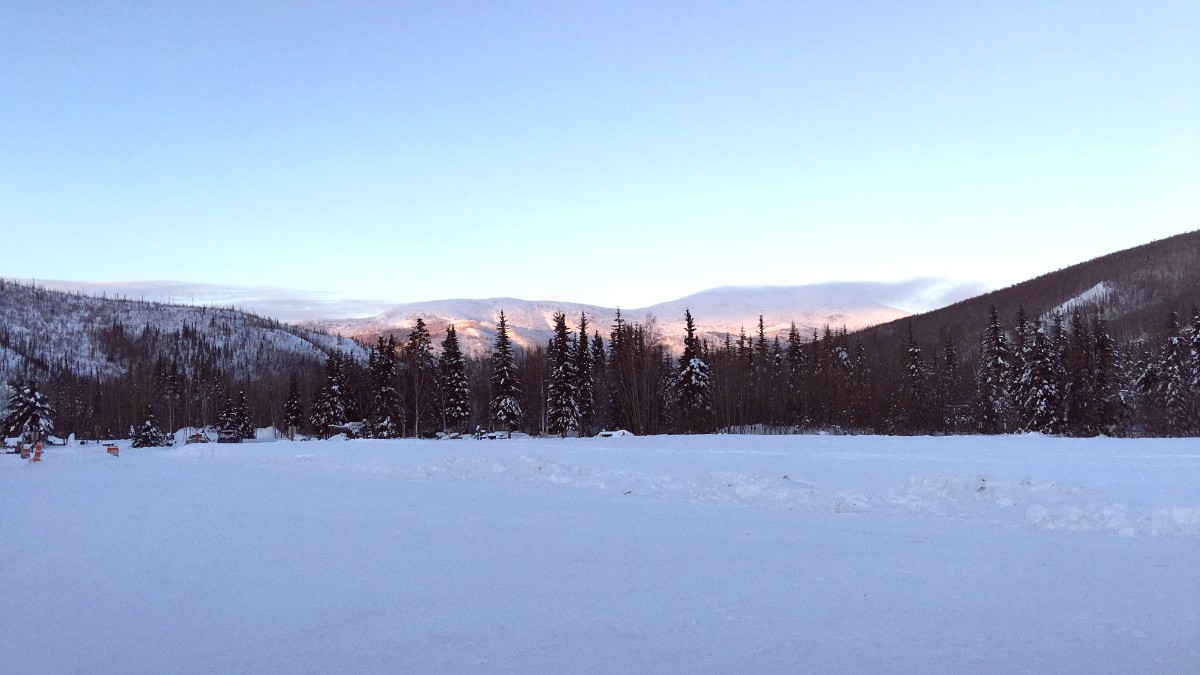
Alaska, USA
This is Fairbanks, Alaska, a place that delivers on the promise of extraordinary travel. It is a city that thrives on the edge of the wilderness, offering accessible adventures, rich historical narratives, and an unique connection to the natural world. Fairbanks presents an experience unlike any other, blending the raw beauty of Alaska with the comforts and conveniences of a welcoming northern community. Prepare to redefine your understanding of light, darkness, and human endeavor as you step into this golden heart of the Last Frontier.
Fairbanks is a distinctive position on the global map, situated deep in interior Alaska at approximately 64°50′N latitude and 147°43′W longitude. This location positions it within the central Tanana Valley, a vast lowland region defined by the Tanana River. The city itself sits on the banks of the smaller Chena River, which gracefully winds through the urban area before joining the larger Tanana River just southwest of town.
Its high latitude brings extreme variations in daylight throughout the year. In winter, around the December solstice, daylight dwindles to only a few hours of twilight, creating long, dark nights that are perfect for aurora viewing. Conversely, during summer, the city experiences the "midnight sun," where daylight persists for nearly 24 hours, often from late May through late July. This continuous daylight transforms the landscape, enabling extended outdoor activities and giving the city a different rhythm.
The history of Fairbanks began with the discovery of gold in the early 20th century, a common narrative in many northern settlements, but one that uniquely shaped this interior Alaskan city. In 1901, E.T. Barnette, a merchant, inadvertently founded the city after a riverboat carrying his supplies ran aground on the Chena River. His original intention was to establish a trading post further upstream. However, local gold discoveries by Felix Pedro in 1902 quickly transformed Barnette’s makeshift camp into a booming gold rush town.
Beyond the gold rush, Fairbanks maintained its importance as a regional center. The construction of the Alaska Railroad in the 1920s further solidified its role, linking the interior to the port of Seward. This infrastructure project enabled more efficient transport of goods and people, reducing the isolation of the region. During World War II, Fairbanks became a strategic military outpost due to its northern location. Ladd Army Airfield, now Fort Wainwright, was established and served as a critical lend-lease route for aircraft to the Soviet Union. This military presence brought further development and population growth.
Accidental founding after riverboat runs aground.
Catalyst for the gold rush boom.
Reduced regional isolation, boosted transportation.
Strategic military outpost and lend-lease route.
Fairbanks served as the northern hub for this massive project.
A later significant period in Fairbanks' history was the construction of the Trans-Alaska Pipeline System (TAPS) in the 1970s. Fairbanks served as the northern hub for this massive undertaking, which transported oil from Prudhoe Bay on the Arctic Coast to Valdez on the southern coast. The pipeline construction brought another influx of workers, investment, and infrastructure, permanently altering the city’s economic and social landscape.
The Chena River has long served as a waterway, shaping the city's development and offering recreational opportunities today. Many local businesses, from restaurants to tour operators, are located along its banks, offering scenic views and easy access to river-based activities.
Established in 1917, UAF is a prominent research institution and the flagship campus of the University of Alaska System. The campus is home to the world-class University of Alaska Museum of the North, which showcases comprehensive exhibits on Alaska's natural and cultural history. Visitors can explore the campus, attend public lectures, or enjoy events that contribute to the city's intellectual life. The university's presence promotes Fairbanks as a center for discovery and learning.
These historical layers—from its chaotic gold rush beginnings to its strategic military role and its part in the energy industry—have left an indelible mark on Fairbanks, shaping its independent spirit, its economy, and its identity as the "Golden Heart City." Exploring its historical sites presents a deep understanding of the challenges and triumphs faced by those who settled this northern frontier.
Fairbanks, Alaska, earns its nickname, "The Golden Heart City," for multiple compelling reasons. This name reflects not only its origins in the early 20th-century gold rush but also its geographic position as a central hub in the sprawling Alaskan interior. For visitors, this translates into a city that serves as a launchpad for adventures in all directions and a community that has built its identity on resilience and a pioneering spirit.
Fairbanks is a destination of extremes and opportunities. It is a city that fully embraces its unique geographical position, offering visitors direct engagement with natural wonders and a tangible connection to a history built on resourcefulness and adventure. Whether drawn by the allure of the Northern Lights, the endless daylight of summer, or a desire to understand Alaska's enduring spirit, Fairbanks presents a compelling and memorable travel experience.
Continuous daylight from late May to late July transforms the city, allowing for extended outdoor activities.
Fairbanks sits directly under the "auroral oval," a prime viewing location from mid-September through mid-April.
Home to the world-class University of Alaska Museum of the North.
For the best aurora photos, a camera with manual settings, a Wide-angle lens, and a Sturdy tripod are good options. Batteries drain quickly in the cold, so carry spares.